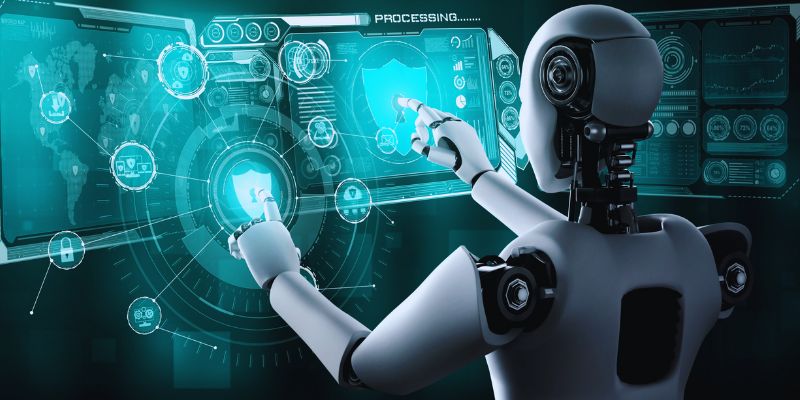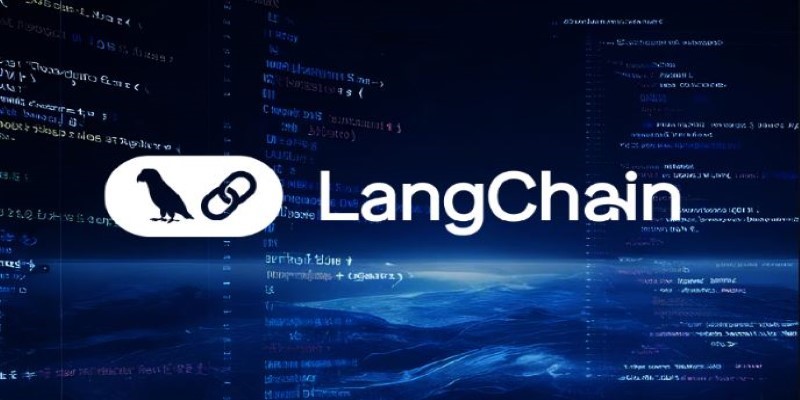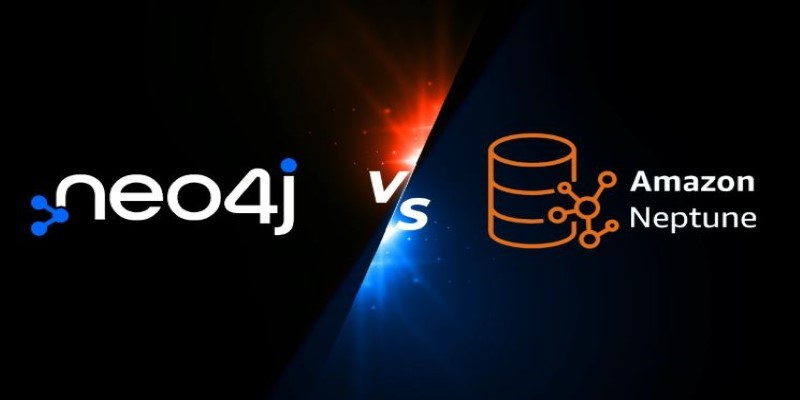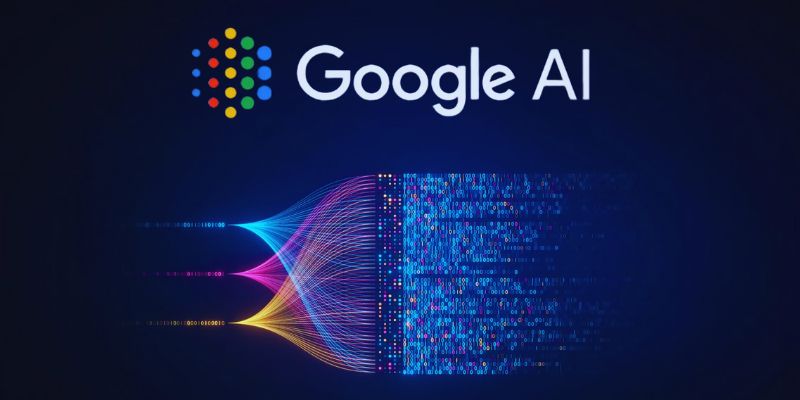Artificial Intelligence (AI) is changing how companies operate. It supports faster, smarter decision-making across all industries. Many process sectors, meanwhile, still lag in applying artificial intelligence. These include oil and gas, chemicals, food, and others. They have problems with a scarcity of trained personnel, missing data, and out-of-date systems. Some don’t even know where to begin.
However, artificial intelligence has a lot of solutions. It saves energy, raises quality, and helps to cut machine failures. This article shows how process industries can successfully adopt artificial intelligence. It presents straightforward, easy-to-follow steps anyone can do. To grasp, you don’t need to be technologically savvy. This article is for you if you're a team leader or a plant manager.

Here are key steps and insights that process industries can follow to adopt and benefit from AI technologies successfully:
Companies need to know where they stand before they start. A lot of process industries don’t get their data. Their systems might not be ready for AI yet. So, the first thing to do is look at how they are now. It means checking the abilities of the workers, the software, and the machinery. Next, they need to make their aims clear. What do they want AI to do for them? Machines break down less often; products are higher quality, or less energy is used. Goals should be reasonable and based on what the business requires. This step helps people stay on track. It also stops you from spending time or money on the wrong tools.
AI is built on data. AI tools can’t perform well without the right data. However, a lot of process plants still use antiquated technology. These systems gather information, but they cannot be useful or well-organized. It can become stuck in equipment or only be noticed by a few people. The first thing to do is put all this information in one location. It’s easy to store and distribute information with a modern data system. It should be secure, fast, and flexible. Cloud-based systems can help with this. Next, make sure the data is clean. That entails fixing mistakes and making sure the formats are the same. AI techniques operate best when the data is clean and consistent. This phase is very important, even though it may take some time.

Many businesses fail with AI because they try to do too much too quickly. Start with modest pilot initiatives instead. Pick one problem to tackle using AI. For instance, figuring out when equipment will break or use less energy is important. These tiny initiatives are safe and cost less. They also work quickly. Teams can find out what works and what doesn’t. It builds trust in the technology. Pilot initiatives can also help shape plans for the future. If something works well in one area, it can be applied to others. These early successes encourage more people in the firm to help with AI projects. Don’t make pilots too complicated. Use real data, set clear goals, and track your progress.
AI is not just for professionals. Everyone who works for a company should know the basics. That comprises plant managers, engineers, and operators. People may resist using AI if they don’t understand it. Begin with easy training. Explain what AI is and how it can help them do their jobs. Give them examples they can understand. Don’t talk about technology too much. Make it easy and helpful. Not everyone needs to be a data scientist. However, employees should learn to use AI tools and trust their results. It builds a strong culture of AI. If you need to, work with outside specialists as well. They can teach your staff or do a hard job for you. As time goes on, establish your staff in-house.
Not every AI tool is made for use in process industries. So, be careful what you pick. Your tools should work with your equipment and systems. It should be straightforward to use and understand. Your team will be more productive if they have tools with straightforward interfaces. Find vendors who have worked with process industries before. They know what you’re going through. Also, pick companions who will help you and teach you. During setup and use, good help makes a tremendous impact. A lot of the time, open platforms are superior. They can connect to other systems and get bigger as your needs expand. Stay away from tools that only work in one region, or don’t let you change them.
The next stage is to make things bigger when pilot programs work. That implies using AI in everyday tasks. But don’t hurry. Check that each process offers value and goes well. Make a plan on how to employ AI to its fullest. Choose which departments to go after next. It could be planning for maintenance, quality control, or supplies. Set explicit deadlines and goals. Also, the company’s rules should be changed to allow the use of AI. Make rules for sharing data, updating models, and assessing performance. These help keep things clear later on. As AI grows, keep training your team. Keep talking to each other. Tell stories of success. Help teams see how it will help them. AI should not be a separate task but a part of everyday work.
With the correct actions, process industries can catch up in AI. First, you need to know where you are and what you want to achieve. Then, update your data systems and start with tiny initiatives. Choose the correct tools and train your staff. Finally, over time, AI will be part of everyday business. These actions are a good way to move forward. AI is more than just a fad; it’s a strong instrument for growth. Even slower-moving companies can advance with proper planning and effort. To succeed, you must be patient, learn, and collaborate with others.

How the ElevenLabs API powers voice synthesis, cloning, and real-time conversion for developers and creators. Discover practical applications, features, and ethical insights

Need to update your database structure? Learn how to add a column in SQL using the ALTER TABLE command, with examples, constraints, and best practices explained

Uncover the best Top 6 LLMs for Coding that are transforming software development in 2025. Discover how these AI tools help developers write faster, cleaner, and smarter code

How to compute vector embeddings with LangChain and store them efficiently using FAISS or Chroma. This guide walks you through embedding generation, storage, and retrieval—all in a simplified workflow

What Hannover Messe 2025 has in store, from autonomous robots transforming manufacturing to generative AI driving innovation in industrial automation

Simpson’s Paradox is a statistical twist where trends reverse when data is combined, leading to misleading insights. Learn how this affects AI and real-world decisions

Can Germany's new AI self-driving test hub reshape the future of autonomous vehicles in Europe? Here's what the project offers and why it matters

Wondering whether to use Streamlit or Gradio for your Python dashboard? Discover the key differences in setup, customization, use cases, and deployment to pick the best tool for your project

Explore a detailed comparison of Neo4j vs. Amazon Neptune for data engineering projects. Learn about their features, performance, scalability, and best use cases to choose the right graph database for your system

How COUNT and COUNTA in Excel work, what makes them different, and how to apply them effectively in your spreadsheets. A practical guide for clearer, smarter data handling

Google AI open-sourced GPipe, a neural network training library for scalable machine learning and efficient model parallelism

How the Chain of Verification enhances prompt engineering for unparalleled accuracy. Discover how structured prompt validation minimizes AI errors and boosts response reliability